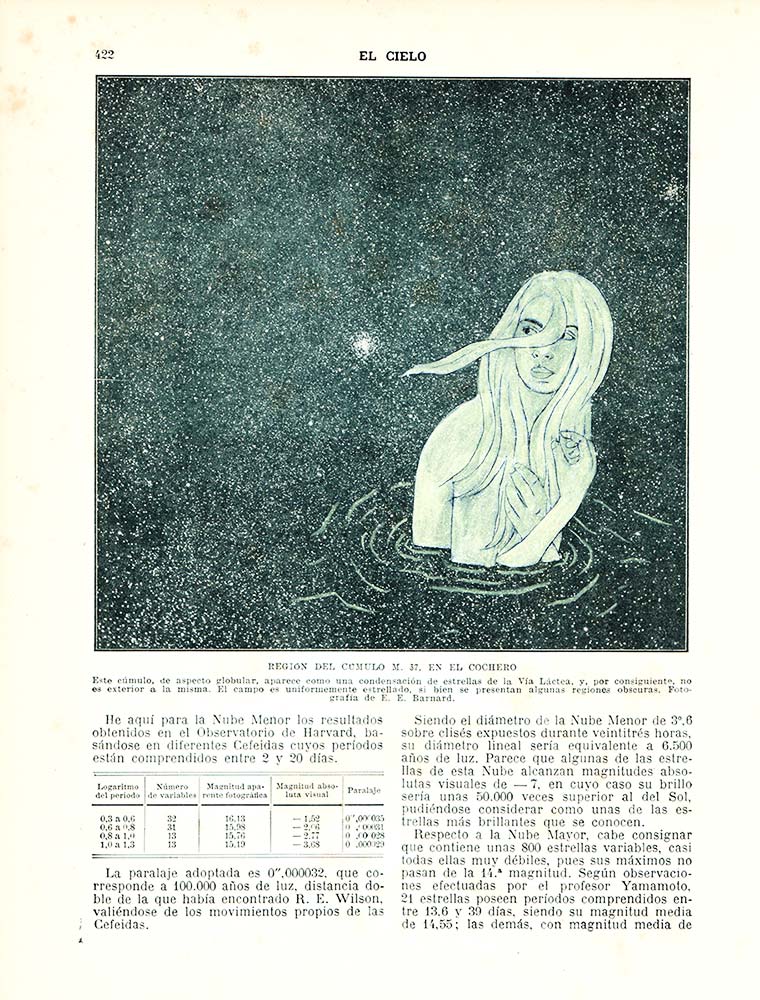The artist is presenting in the framework of the XIII edition of the Havana Biennial, Cuba. Her magnificent installation entitled “Natural Mechanics” (from April 12 to May 12).
Glenda León transforms small details into powerful questions about our existences. Her practice touches upon the sensible qualities of human life by focusing on seemingly minor things, which she turns into forceful echo chambers of the issues of our time. Through sensuous metaphors, the artist opens empathic fissures in our everyday experience, examining the relationships between the cosmos and all living beings.
Mecánica Natural articulates Glenda’s artistic strategy in a quintessential way, as it embodies a far- reaching vision in apparently petty objects. In the installation, the trees materialize as a familiar encounter, recurring multiple times across the space. Such familiarity makes the work appear open to immediate reading, only then to unfold a thought-provoking maze of cross-references. On closer inspection, it becomes clear that we are not always gazing at the same kind of tree. This ancestral symbol of ecological life doubles here as victim and executioner: in a perplexing duality, we see one slashing a life-size car while the others lie as silent freeways for a myriad of miniature vehicles.
As our senses navigate this apocalyptic enigma, we become aware of the mechanics of our comprehension. By shifting between macro- and micro-scale, the artist has induced a glitch in our expectations, allowing us to observe the pre-constructed forms of interpretation that guide our thinking.
Here exposed is the tension between the potency of natural occurrences—the hurricanes, for instance, so familiar to Cuba— and humans’ constructed idea of nature. This friction, inherent in the title of the installation, opens a wound: if mechanics is an expression of human ingenuity and consequential¬¬ity, how can this coexist with nature and its alleged unpredictability? Are our constructed epistemologies of nature adequate to establish a well-articulated relationship with it?
The dead trees at the center of the installation guide the eye through their sumptuous curves. During this process, more questions arise: where are the toy-sized cars heading, like disciplined ants advancing in an orderly manner into the void? Is it the same direction in which we, as human societies, are rushing?
Ants thrive in eusocial communities with collective rules that shape their relationships with other living beings. By learning how to beneficially coexist with their environment, they develop vital collaborations with other forms of life. At the heart of this stands what Andean Indigenous communities nurture as vincularidad: the awareness that all living things are interconnected, that one’s well-being is deeply related to that of others. It is a form of ecological empathy crucial to all biotic systems.
Mecánica Natural is a memento of such interconnectedness, which in turn is central to Glenda León’s practice at large. It manifests in artworks such as Cada Respiro (2003), a video piece in which the gentle and simple act of breathing synchronizes the artist and the viewer with the universe, or Las Formas del Instante (2001), a photographic series where expended, imperfect soap bars stand as fragile monuments to the fleeting moments of everyday life.
While speaking of planetary ecology, Mecánica Natural also articulates an in-situ relationship with the space in which it is presented, evoking the history of Nave Línea y 18, a tramway deposit fallen into disuse as transport on wheels gained prominence. Ultimately, the installation materializes the logic of ecological exploitation rooted at the center of our petro-neoliberalist societies. The wreckage is in front of us. But it is simply the mirror of our flawed conception of nature.
Ilaria Conti































































































